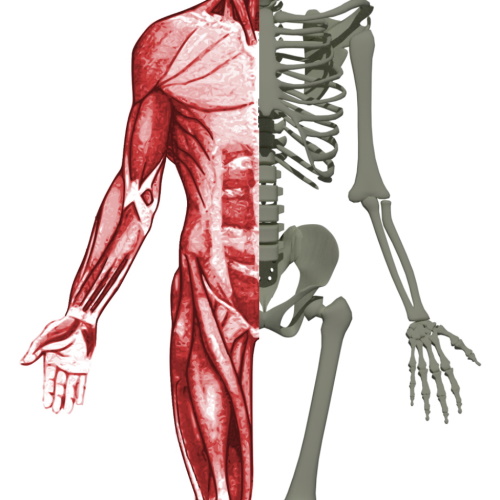Key points from article :
Neuromuscular junctions link the nervous system with muscle tissue, allowing control of muscle activity.
Muscle mass and strength decreases with age, condition known as sarcopenia.
Sarcopenia has enormous social and economic benefits: a 10% reduction in prevalence results in savings of dollars.
A sizable contingent in the research community sees sarcopenia as primarily a neuromuscular issue.
Neuromuscular junctions become damaged and dysfunctional.
Consequent lack of signaling into muscle tissue leads to declining muscle tissue maintenance and function.
Diminished muscle quality suggests additional neural contributions of to muscle wasting.
There are strong correlations between aging and deficits in axonal transport in peripheral neurons.
Several evidence suggest that age-related changes in the NMJ play a key role in musculoskeletal impairment with aging.
Research by University of Maryland school of Medicine published in International Journal of Molecular sciences.




